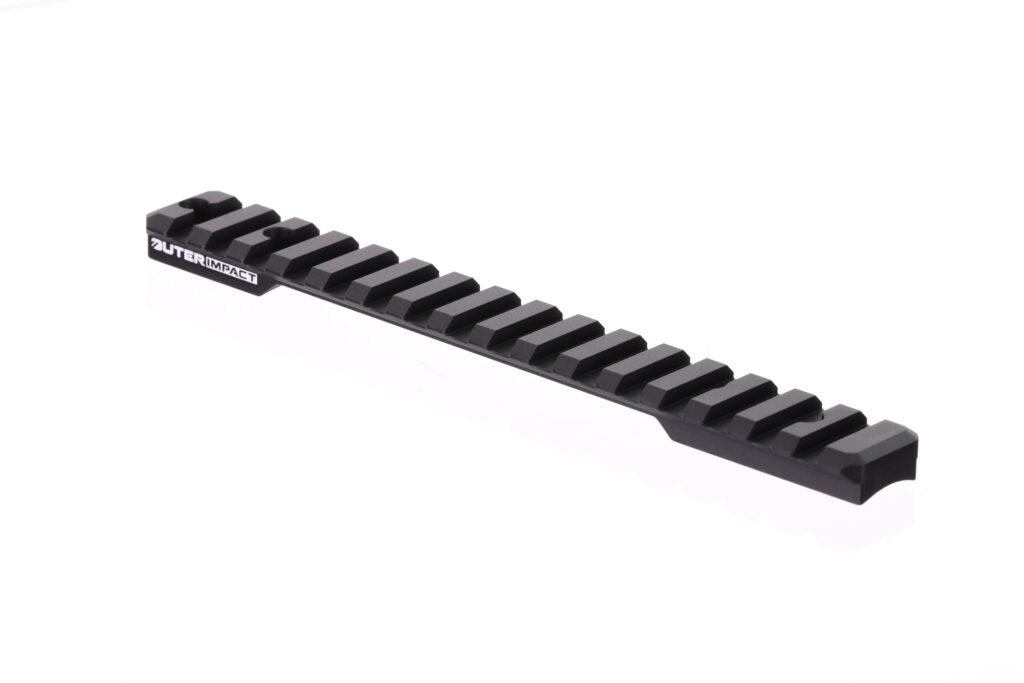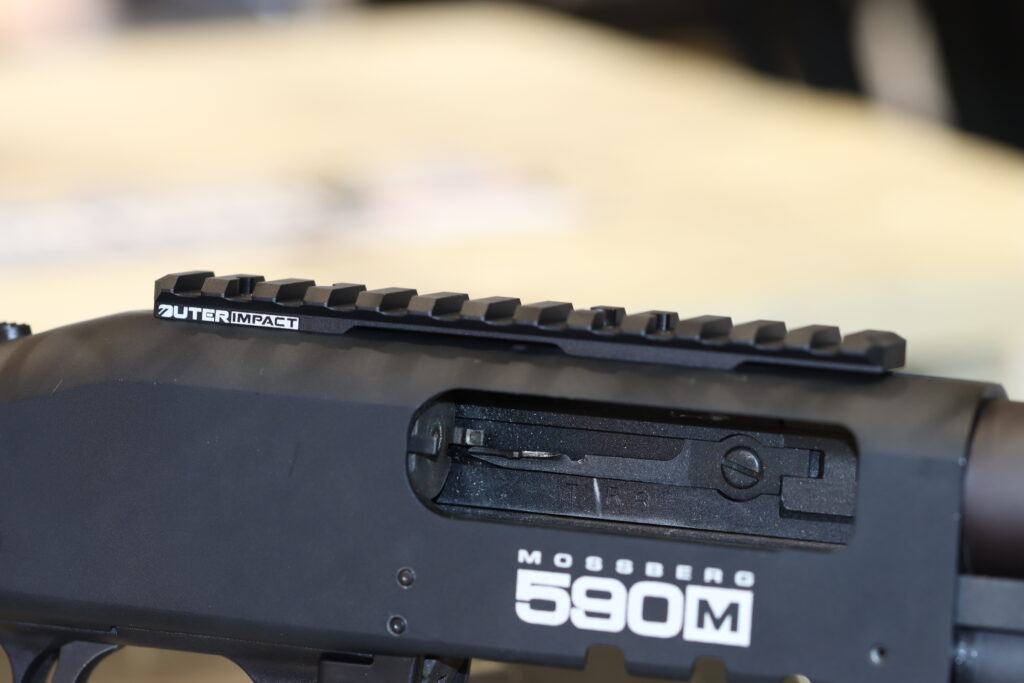The Important History Of Picatinny Rails
Introduction
When it comes to customizing firearms and attaching accessories, the Picatinny rail system has become the gold standard. But what exactly are Picatinny rails, and how did they come into existence? In this comprehensive guide, we will delve into the world of Picatinny rails, uncover their history, and explore their incredible versatility in firearm customization. All OuterImpact Picatinny Rails meet NATO and Mil-Spec 1913 specifications.

The Birth of Picatinny Rails
1913: A Year of Innovation
The story of Picatinny rails begins in the early 20th century. In 1913, the U.S. Army sought an improved method for mounting accessories on firearms. The goal was to create a standardized system that would enhance versatility, reduce weight, and simplify the attachment process.
Colonel William S. Brophy
Colonel William S. Brophy, a skilled engineer and Army officer, played a pivotal role in the development of this innovative accessory mounting system. His efforts led to the creation of the “Picatinny Arsenal,” where the first standardized rail system took shape.
A Legacy of Versatility
The Picatinny rail system was designed to replace the existing Weaver rail system. While Weaver rails were successful, the Picatinny system brought a new level of versatility and standardization to the table.
What Are Picatinny Rails?
The Anatomy of a Picatinny Rail
A Picatinny rail consists of parallel slots or grooves milled into a metal surface. These slots are spaced at precise intervals and are usually 0.206 inches wide. The uniform spacing allows for consistent attachment points for various accessories.
Versatile Attachment Options
The key feature of Picatinny rails is their ability to accommodate a wide range of accessories. Whether you’re attaching optics, lights, lasers, foregrips, or other enhancements, the Picatinny rail system offers a secure and standardized platform.
Picatinny Rails vs. Weaver Rails
Key Differences
While Picatinny and Weaver rails may appear similar at first glance, several crucial differences set them apart:
| Feature | Picatinny Rail | Weaver Rail |
| Slot Width | 0.206 inches (5.23mm) | Varies |
| Slot Spacing | Standardized | Varies |
| Recoil Resistance | Excellent | Limited |
| Accessory Compatibility | High | Limited |
| Cross-Slot Compatibility | Yes | No |
Picatinny Rails Today
Widespread Adoption
Since its inception, the Picatinny rail system has gained widespread acceptance, not only in the military but also in the civilian firearms market. Its standardization has made it the go-to choice for attaching accessories to firearms of all types.
Evolution of the Picatinny Rail
Over the years, the Picatinny rail system has evolved to include variations such as the Picatinny M-Lok and Picatinny KeyMod systems. These adaptations have further expanded its versatility and adaptability.
Conclusion
The Picatinny rail system has a rich history rooted in innovation and standardization. Today, it stands as the benchmark for firearm customization, offering shooters a versatile and reliable platform for attaching accessories. Whether you are a military operator, a competitive shooter, or a firearms enthusiast, understanding Picatinny rails and their history is essential for unlocking the full potential of your firearms. OuterImpact rails meet Picatinny, Weaver and NATO requirements with consistent quality.

In our next articles within this series, we’ll explore the various types of Picatinny rails and provide a detailed guide on how to choose the right one for your specific needs.
